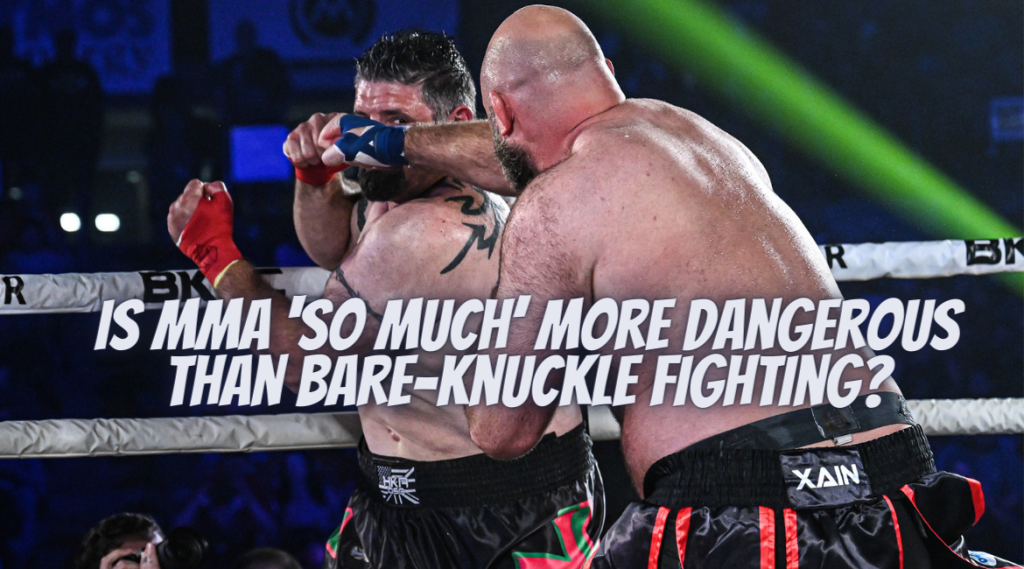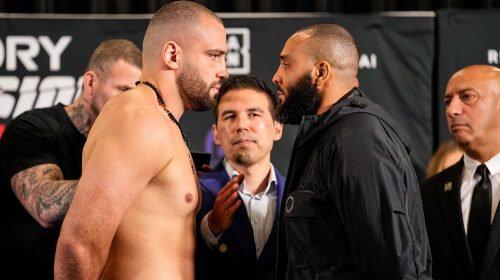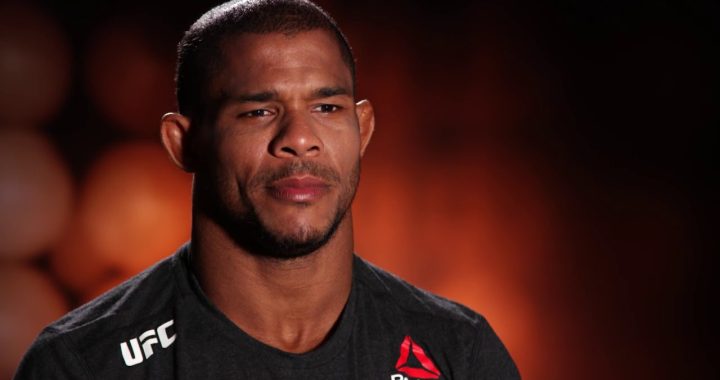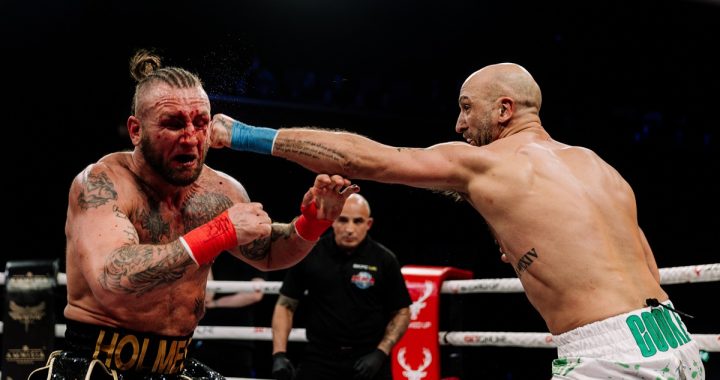
Is MMA ‘So Much’ More Dangerous Than Bare-knuckle Fighting?
In recent years, as mixed martial arts (MMA) and bare-knuckle fighting progressed, there have been heated debates about their toll on fighters’ health. In an April 2023 interview, former UFC heavyweight fighter Ben Rothwell revived the fierce debate, declaring that “MMA is so much more dangerous” than bare-knuckle fighting.
Both categories have their brutal sides that naturally make parts of the body suffer. So, between them, it’s a matter of where you hurt the most and how significant that part is.
As a fan, whether you are watching MMA at home or outdoors utilizing online casino real money, there’s always a sense of you watching a dangerous sport. But is the sport more dangerous than bare-knuckle fighting? Let’s explore the facts.
Differences between MMA and bare-knuckle fighting
MMA and bare-knuckle fighting are more similar than their fans will like to admit. Both sports have reputations for being some of the most brutal and bloody contact sports. Blood is not a rare sight when watching an Ultimate Fighting Championship (UFC) or a Bare Knuckle Fighting Championship (BKFC) fight because how these sports are played allows bloodiness.
For example, MMA fighters wear gloves to protect their knuckles but they still have enough of their hands exposed to get their opponents bloodied with facial cuts or blows to the nose. In contrast, bare-knuckle fighters do not use gloves, leaving their knuckles prone to bruising and bloodying. But the blood does not stop with the hands of the fighters; they bloody their opponents’ faces too as a result of the direct hits.
The absence of padding between the bare-knuckle fighter’s knuckles and the opponent’s face increases the likelihood of maxillofacial fractures.
In contrast, an MMA fighter’s gloves protect against significant damage to the face. That sounds good until you realize that gloves increase the momentum per punch. That makes sense. The gloves give the fighter a sense of security, encouraging them to produce harder punches that have more severe consequences. A bare-knuckle fighter does not have such motivation to punch harder.
What research tells us about the effects of MMA and Bare-knuckle fighting
Bare-knuckle fighting is historically seen as an extremely dangerous sport across the world. It’s no surprise that Australia is still in the process of legalizing bare-knuckle boxing. Also, no state-sanctioned bare-knuckle boxing event was held in the United States since 1889 until June 2018. Therefore, there has been more research on the health implications of MMA.
Nevertheless, a 2021 study conducted over 131 fights spanning two and a half years found that bare-knuckle boxing led to a higher facial laceration rate for competitors than MMA. That’s not surprising considering the direct exposure of the knuckles to the opponent’s face.
However, the concussion rate for MMA was higher than in bare-knuckle fighting, proving that gloves increase punching momentum. Also, the hand fracture rate in MMA was higher than in bare-knuckle boxing matches. The higher fracture rate may be due to MMA fighters having more encouragement to punch harder because of the sense of security from their gloves.
Specifically, the concussion rate in MMA was 14.7% compared to the significantly lower 1.5% in bare-knuckle fighting. Also, the hand fracture rate in MMA was 3.8% compared with 3.2% in bare-knuckle boxing.
From a professional’s standpoint
Rothwell spent 20 years fighting in MMA but has participated in less than three matches in bare-knuckle boxing. Yet, he says he is feeling better than ever these days. “The training for the last year, my body is like thank you. I have a far higher output,” he said.
The BKFC star said before his switch to bare-knuckle boxing, MMA subjected his body to “punishment” when training, preparing, and competing. “[People] don’t realize how dangerous MMA is,” he said.
The bottom line
There is no doubt that MMA can be a dangerous sport. The sport has even been linked to multiple deaths, but it’s not an outlier; other non-combat sports like soccer and football have also contributed to players’ deaths.
While regulatory bodies in MMA have effective regulations to protect fighters, the susceptibility to head injuries is concerning and calls for more regulations. Already, fighters go through thorough physical examinations before fights but regulators can improve response to in-match concussion management.


























